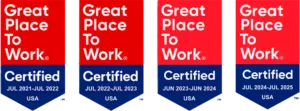Background:
With over 40 scientific programmers and software engineers both on- and off-site supporting STAR algorithm R2O through rigorous code transition and integration. Our STAR team replace legacy algorithms with enterprise algorithms, provide improvements to the baseline algorithms in the GOES-R Ground System, and successfully led dozens of project reviews and DAP deliveries for multiple project phases.
Solution:
For improved data, accountability, and transparency we work with STAR to track costs using project management tools such as Google/MS Excel. We partner with NOAA and other customers, such as NASA, to achieve timely and efficient service delivery, ensure quality work products through strong communication and cost control, promote innovation where and when effective
In support of the T4 & PLAIT, GAMA-1 identifies new and emerging technologies, through active participation of our Technical Advisory Council, with the goal of improving overall work and developing stronger and more robust systems. T4 prototypes and tests these new technologies before adoption. T4 leverages open source solutions. We promote a multi-stage transition process for in corporation of new technologies while phasing out older technologies. An experimental demonstration of the technology is made to stakeholders. With stakeholder feedback and buy-in, we gather stakeholder requirements and feedback, develop a plan forward incorporating incremental changes for a hybrid solution, where applicable, to reach the end result.
T4 applies CMMI-DevOps best practices relying on continuous integration and automated regression testing to hasten the steps between algorithm integration and processing for algorithm verification, furthering the team’s goal of transitioning research algorithms to operations faster. We have extensive experience testing scientific application code. Automated regression testing is a part of PLAIT/ T4’s continuous integration pipeline, where test cases are chosen to maximize code coverage for each of the algorithms. In addition, unit testing of the scientific algorithm code is a key component to passing the Test Readiness Review milestone. Once unit testing is complete, the algorithm undergoes extended verification runs on T4’s distributed computing platform. During this period, the data produced by the algorithm is used to determine if the algorithm is meeting the product requirements as set by the project. Internally developed product monitoring checks product metadata to ensure valid products are being produced as expected. Product data is also provided to outside stakeholders as part of user readiness activities.
Our CM provides oversight for the ASSIST change control process for software development that includes the management of requirements, code, and software configurations. Our CM staff work with STAR to assess, evaluate, and select configuration management tools, and standards; develop and maintain CM processes, plans, policies, SOPs, work instructions, and other documents; in addition, supporting and advising end-users on approved CM policies and procedures.
All documents needed to comply with STAR’s Enterprise Process Lifecycle and the Satellite Products and Services Review Board Process.
GAMA-1 provides critical SDLC services in support of the transfer of scientific algorithms into operations through rigorous testing and lifecycle processes to achieve a cost-effective implementation of algorithm testing and delivery capabilities that are cross-cutting throughout NESDIS. We provide transition services, defined as lifecycle management, programming, integration, implementation, unit testing, tool development support, and application validation. We update algorithm interfaces to function within the target product generation system; update prototypes in coordination with science teams. We support the porting of code to target enterprise processing systems, compilers, or OS. We rewrite algorithm code to operationally supported languages (e.g. IDL to C++); refactor code for maintainability or to meet latency requirements, and well as debugging code.
Outcomes:
TT Processing Framework (SAPF), a SaaS that provides a common algorithm. This methodology was successful in the transition of distributed computing platforms at STAR from HTCondor to Kubernetes, transferring processing into Docker on HTCondor first as an instrumental step to working in Kubernetes. All services are provided in support of the current and next-generation NESDIS, NASA, and foreign satellites that are developed and then transitioned to operations.
STAR ASSIST algorithm interface framework for the GOES-16 L2 product Baseline and Enterprise algorithms generating products from JPSS, S-NPP, legacy GOES-series, and Himawari. SAPT provides STAR with greater resource efficiency, scalability, improved run time performance, simplified configuration for users, as well as additional features such as parallel processing.
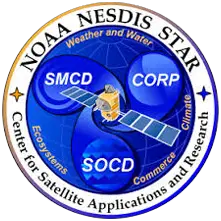
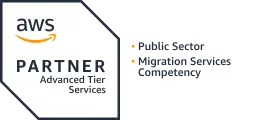
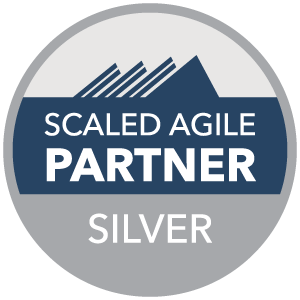
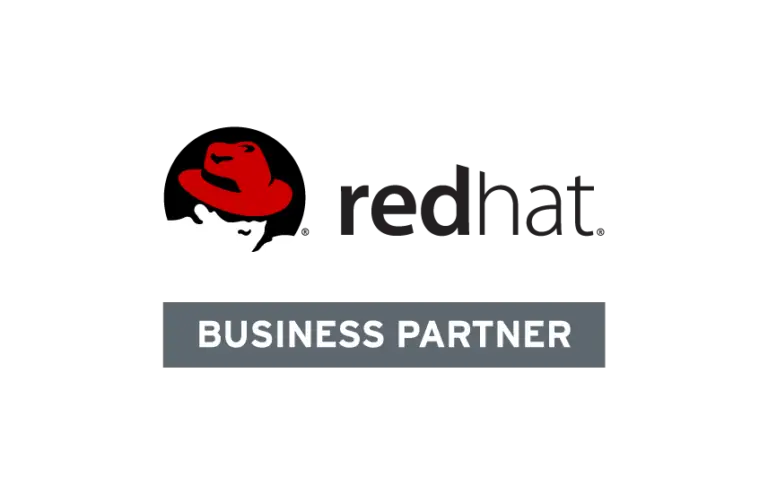
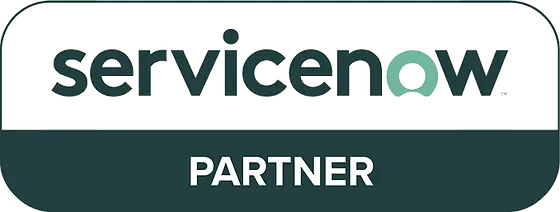
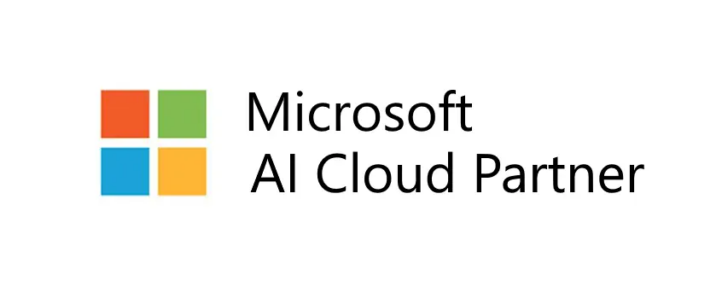


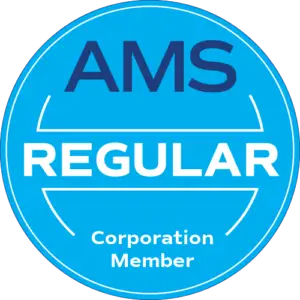
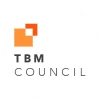
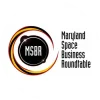
Mission-Ready for government transformation
GAMA-1 is a certified Small Disadvantaged Business provider to the Federal Government. We deliver innovative and cost-effective technical, engineering, and decision support solutions that are based on our ISO 9001, ISO 20000-1, ISO 27001, CMMI, SAFe, and ITILv4 best practices.
